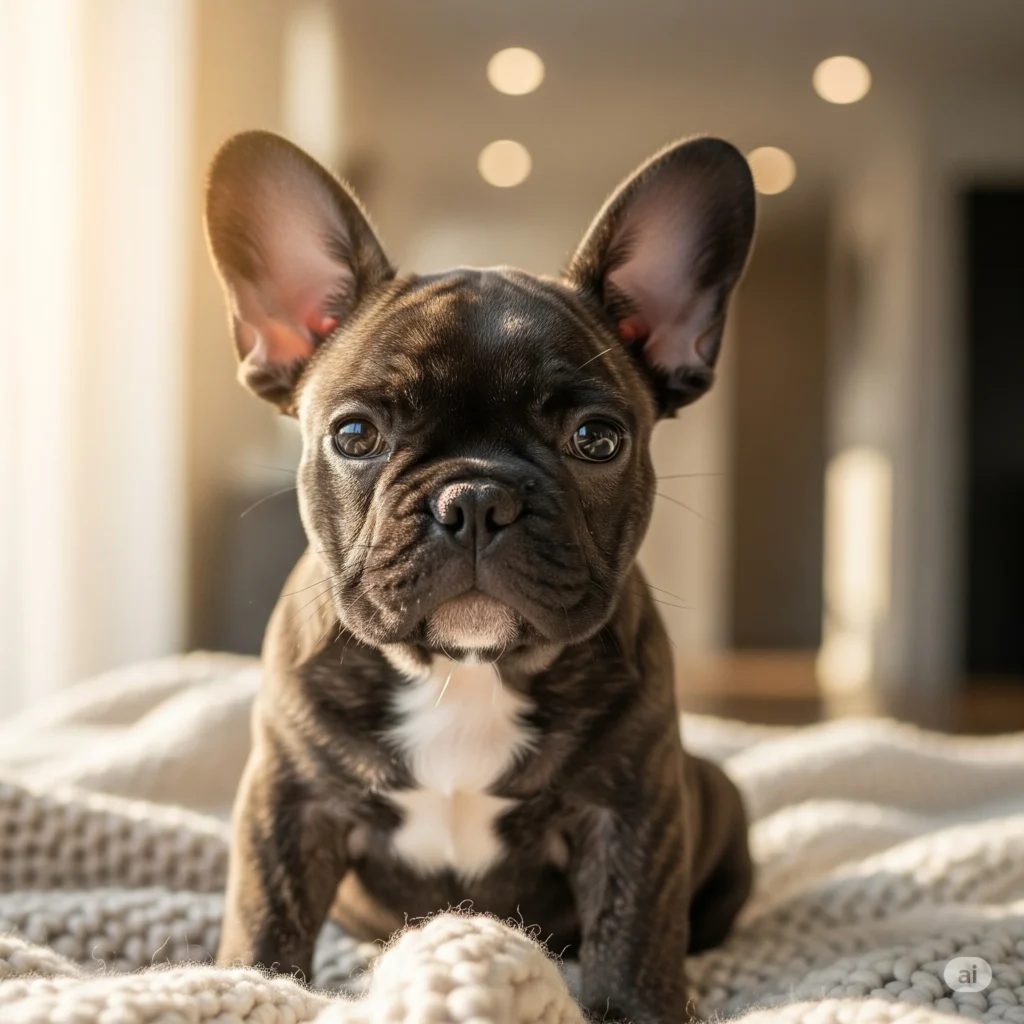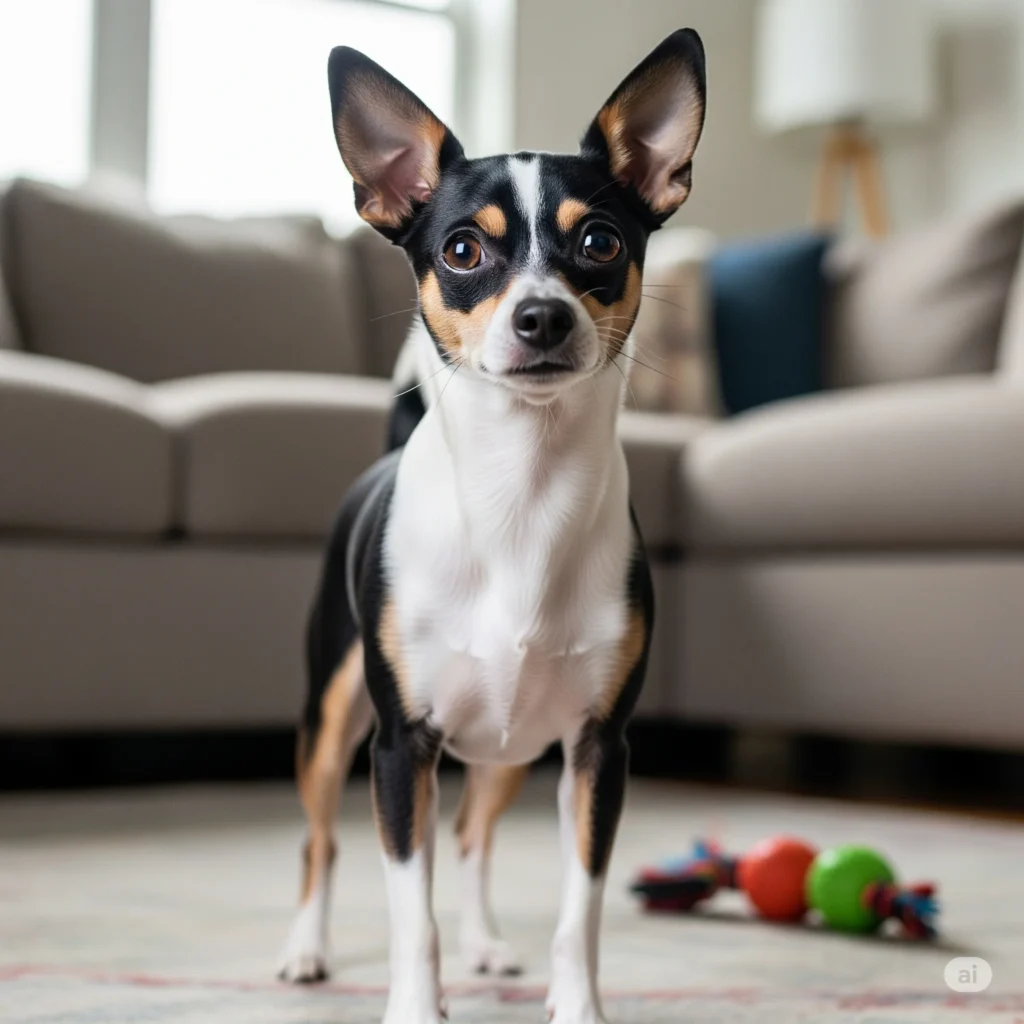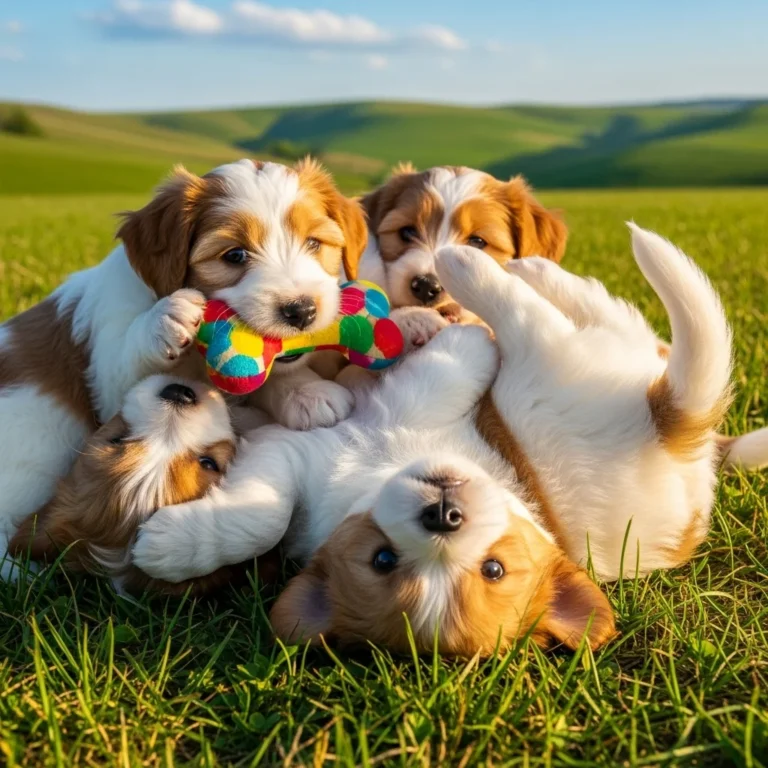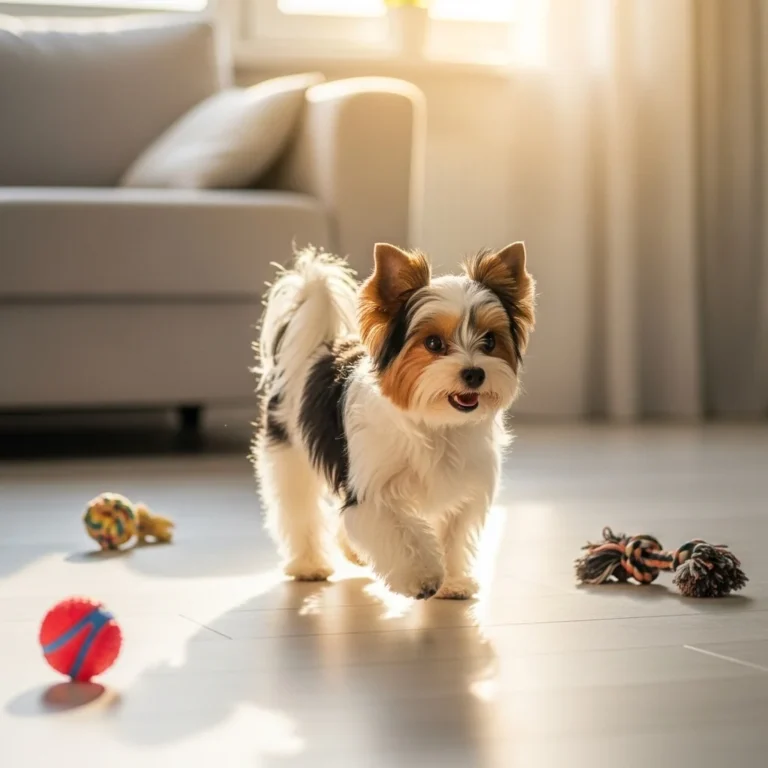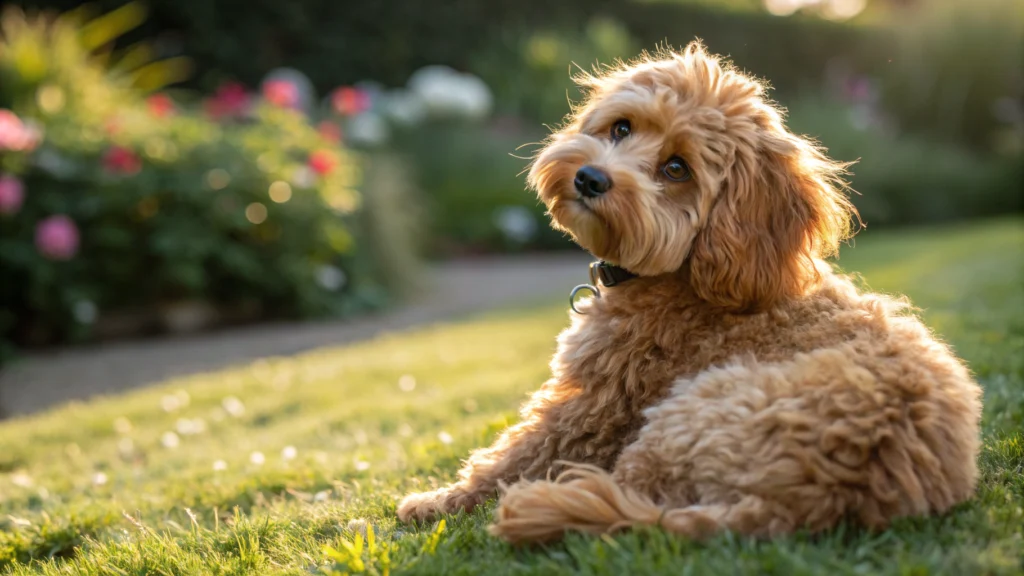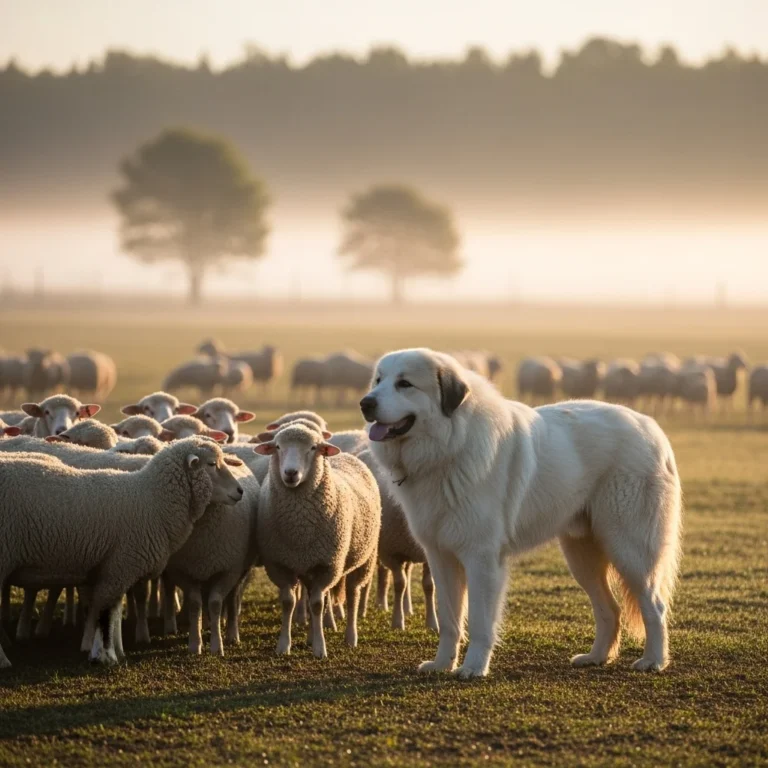
lgd dog
If you’ve ever dreamed of having your own little farm — peaceful mornings, goats munching grass, chickens clucking away — you’ve probably also worried about the not-so-peaceful part: predators. Coyotes, foxes, and even stray dogs can ruin all that hard work in one night.
That’s where the LGD dog (short for Livestock Guardian Dog) comes in. These gentle giants have been keeping herds safe for centuries, and honestly, they’re one of the best investments a farmer or homesteader can make.
In this friendly guide, we’ll walk through everything you need to know about LGDs — what they do, which breeds are best, how to raise them, and what life with one is really like.
Understanding LGDs: Basics and Purpose
What is a Livestock Guardian Dog (LGD), and what does “LGD” stand for?
An dog lgd is exactly what it sounds like — a dog bred to guard livestock. But these aren’t your average barking watchdogs. They’re calm, loyal, and fiercely protective of their herds. “LGD” simply stands for Livestock Guardian Dog. Classic examples include the Great Pyrenees, Kangal, and Anatolian Shepherd — basically the superheroes of the farm world.
How are LGDs different from herding dogs or guard dogs?
Here’s the thing: herding dogs, like Border Collies, move animals. LGDs? They live with them. They’re part of the flock.
And unlike personal protection dogs (like German Shepherds), LGDs are loyal first and foremost to the animals, not the humans. Dr. Emily McConnell, an animal behavior expert from Colorado State University, puts it perfectly: “LGDs think of the flock as family — their purpose is to watch, not chase.”
What is the primary purpose of a Livestock Guardian Dog?
Their job is simple: keep predators away. Most of the time, just their presence is enough. Think of them as “living fences.” They don’t need to fight; they just make it clear that no fox or coyote should even try.
Are LGDs considered pets or working dogs?
Let’s be honest — they’re workers first. They can absolutely be affectionate and form close bonds with their humans, but they’re happiest when they’ve got a job to do. Open spaces, animals to protect, and freedom to patrol? That’s their dream life.
What kinds of livestock can LGDs protect?
Pretty much anything that grazes or clucks — sheep, goats, chickens, pigs, alpacas — you name it.
Texas A&M AgriLife Extension reports that flocks with LGDs have seen up to 80% fewer losses from predators. That’s huge.
What predators do LGDs protect against?
These dogs can handle coyotes, foxes, wolves, bears, and even stray dogs. Some are tough enough to keep mountain lions at bay out west. Basically, if it threatens your herd, your LGD’s got it covered.
How effective are LGDs at reducing predation?
The USDA has studied this, and the numbers don’t lie — LGDs drastically cut down livestock losses. Some farmers even report going from regular attacks to zero after bringing in one well-trained guardian.
When are LGDs not suitable?
If you live in a city or have a tiny yard, they’re probably not for you. LGDs need space to roam and livestock to bond with. Without that, they can get bored — and bored LGDs bark, dig, and sometimes wander. Not fun for you or your neighbors.
Choosing the Right LGD: Breeds and Temperament
What are the most common LGD breeds?
The classics are Great Pyrenees, Kangal, Anatolian Shepherd, Akbash, Maremma Sheepdog, and Tornjak. Each comes from a different corner of the world where farmers relied on them for generations.
The Kangal, for instance, comes from Turkey — a land full of wolves — so, yeah, it’s got some serious guard cred.
Do breed differences matter?
A little, yes. A Kangal might be too headstrong for small setups, while a Great Pyrenees’ easygoing personality makes it perfect for families or smaller farms. The key is matching the dog’s energy and independence to your farm’s needs.
You can learn more about breed personalities in our Best Dog Breeds for Farms guide.
What’s the typical temperament of LGDs?
They’re the strong, silent type — calm, loyal, and incredibly patient. They’ll bark to warn, but they don’t go looking for trouble. They’re the kind of dog that’ll nap beside a lamb all afternoon, then stand like a statue if a coyote comes sniffing around.
Are LGDs aggressive toward people or children?
Not usually. They’re wary at first but not mean. Dr. Karen Hayes, a vet who’s worked with LGDs for years, recommends letting them observe visitors before you rush introductions. Once they know someone’s safe, they’re usually fine.
Are LGDs good with other pets?
If they grow up with other animals, absolutely. They can get along with cats and even small dogs. But surprise introductions? Not a great idea. They’re territorial by nature, so let them adjust gradually.
Do LGDs bark or roam a lot?
Oh yeah, barking’s their love language. It’s how they say, “Hey, I heard something weird out there.”
Roaming’s part of their instinct, too — they like to patrol their space. The trick is good fencing and regular check-ins to keep their wanderlust in check.
Getting, Raising, and Training an LGD
When should I introduce an LGD puppy to livestock?
Start young — around 8 to 16 weeks old. That’s when they’re forming their strongest bonds. Supervise those early days, though, because puppies are still learning what’s “play” versus “protect.”
When does an LGD become fully reliable?
They usually mature around 18–24 months. So yeah, it takes patience. But as rancher Kathy Ann from Cross Creek Homestead says, “You’re not just raising a puppy — you’re shaping a future guardian.”
What are the best training methods?
Skip the yelling or harsh corrections — it backfires. Positive reinforcement and consistent guidance work best. Expose them to all kinds of sights, sounds, and livestock behavior.
For more tips, check out Dog Training Tips — it’s got great advice that applies to LGDs too.
Can LGDs be trained not to chase pets or wander?
Yes, with time. Redirect them calmly, reward good behavior, and make sure your fencing is solid. Punishment just confuses them; patience pays off here.
Should I have one or multiple LGDs?
It depends on your setup. Many farmers prefer having two — one experienced dog and one youngster learning the ropes. It’s like a mentorship program, but with fur.
Can rescue or pet-raised dogs transition into LGD work?
It can happen, but it’s not guaranteed. If the dog’s got that natural instinct and enough time to bond with animals, it’s possible. Just be ready to put in the effort — it’s not a quick fix.
Living with an LGD: Management, Care, and Health
Do LGDs live outside full time?
Most of them do, and they prefer it that way. They want to be where the action is — with their flock. But letting them come near the house now and then helps build trust, too.
What fencing and shelter do they need?
Strong fencing, about five feet high, is key. Not to “trap” them, but to help them understand where their territory ends. Add a cozy shelter with shade and always, always have clean water available.
What do LGDs eat?
High-protein food is their fuel. They’re big dogs with big appetites, so working-dog formulas are usually the best choice.
How long do LGDs live, and what health issues are common?
Most LGDs live around 10–12 years. Like many large breeds, they can face hip or joint issues, but with good food, exercise, and vet care, they age gracefully.
How do I handle barking and roaming in residential areas?
If you’re closer to neighbors, you’ll want to train some quiet hours. Move them closer to the livestock at night and figure out what’s triggering the barking. Sometimes, it’s just them doing their job a little too well.
Working with Other Animals and Pets
LGDs are like the peacekeepers of the farm — but even peacekeepers need introductions. They can live happily with chickens, goats, pigs, and even barn cats once they’ve been properly socialized.
If your LGD growls or chases, don’t panic — just redirect calmly. They’re not being mean; they’re just acting on instinct. Your consistency teaches them what’s safe and what’s off-limits.
Safety, Liability, and Community Concerns
LGDs are usually gentle giants, but you’ll still want to keep an eye on them around kids and visitors until they’re familiar. Before getting one, check your local ordinances — some areas have leash or noise rules that could complicate things. And if your LGD patrols near property lines, liability insurance is a smart move.
Costs, Sourcing, and Adoption
Expect to spend around $800 to $2,000 for a good LGD puppy. Add in the usual suspects — food, vet bills, fencing — and it’s an investment, sure. But considering how many animals they can save? Totally worth it.
If you’d rather adopt, some working-dog rescues rehome LGDs that just need a new farm or fresh start.
Troubleshooting Common Problems
Even the best lgd dogs have their moments. Maybe yours barks all night, or wanders too far, or isn’t bonding right. It happens. Stay consistent and patient — they learn from calm correction, not frustration.
If things get serious, reach out to experienced LGD folks like Prancing Pony Farm or the Livestock Guardian Dog Association. These communities have seen it all and love to help.
Final Thoughts
Owning an lgd dogs is more than just having a protector — it’s like adding a wise, loyal teammate to your farm. They’re not just guarding livestock; they’re giving you peace of mind.
Sure, they bark, dig, and sometimes ignore you completely, but they also keep your animals safe — and that’s priceless. Whether you’ve got a few goats or a full-blown flock, the right LGD will make your farm feel safer, calmer, and a whole lot more complete.
please leave comment
you may like it
